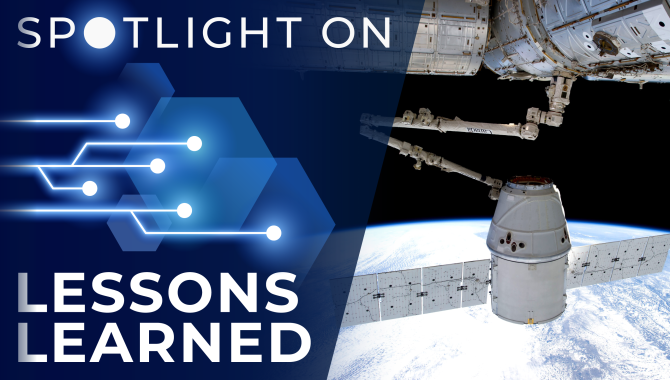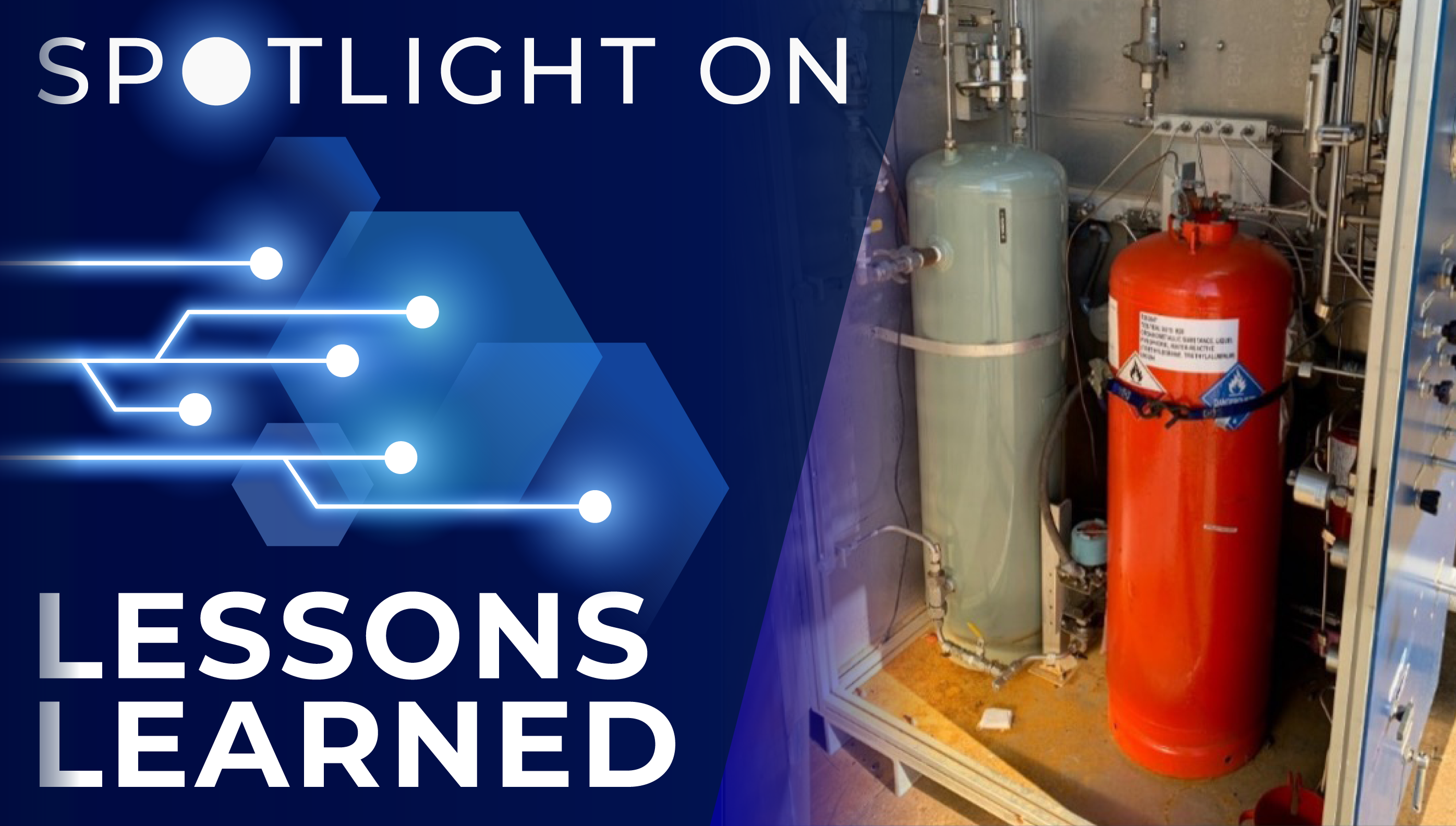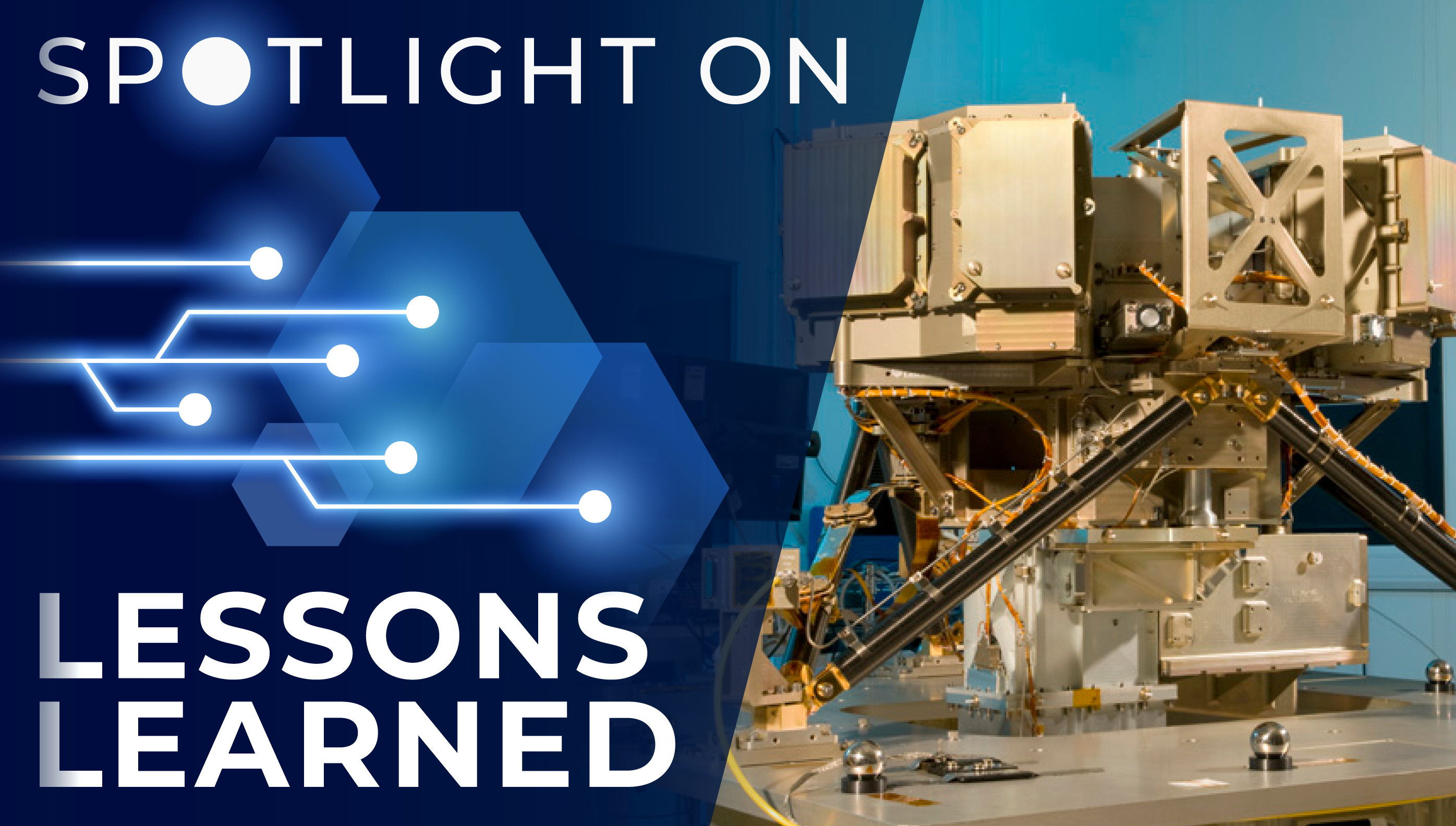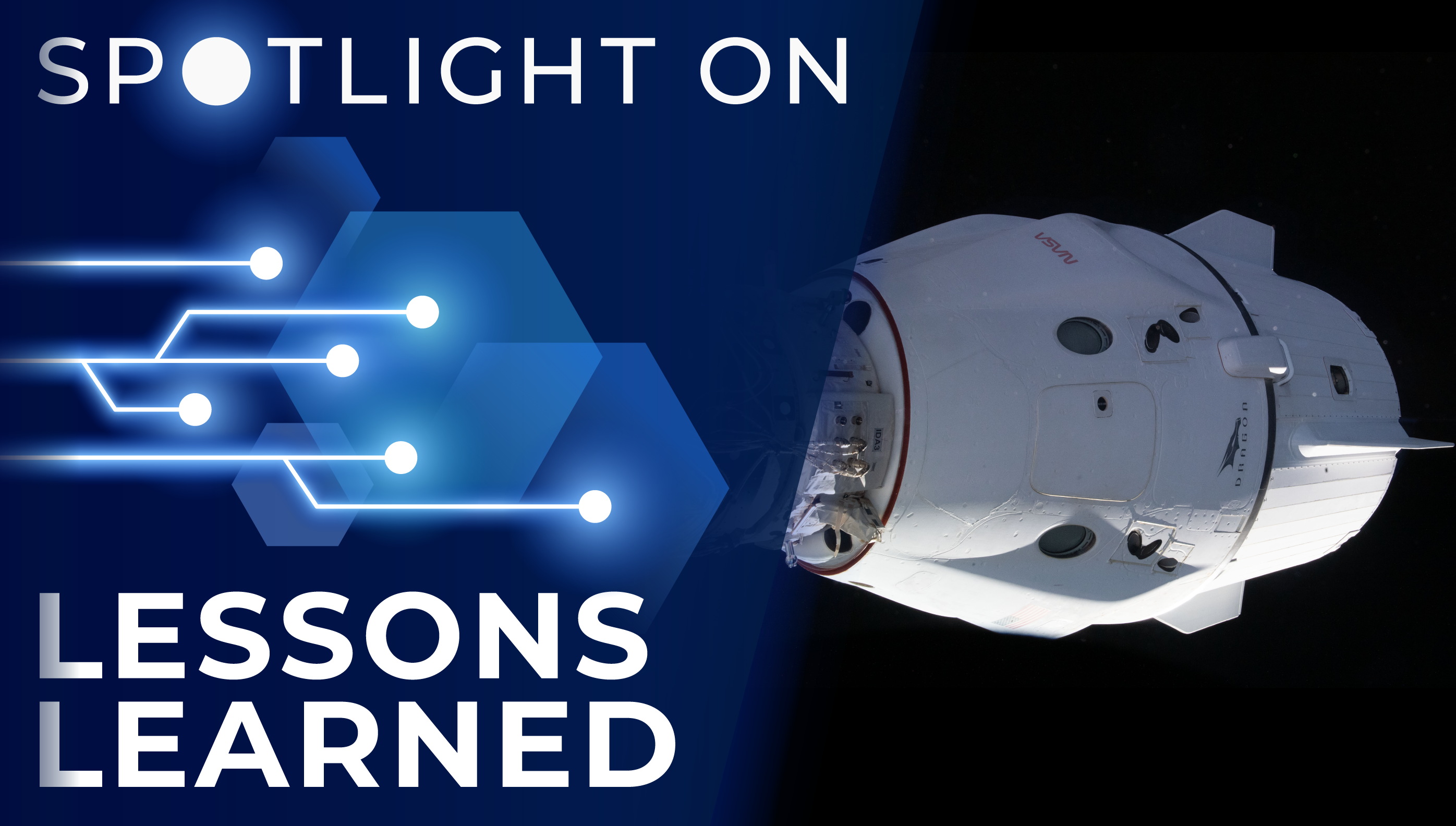
NASA’s Commercial Orbital Transportation Services (COTS) Program provides a starting point for formulation, design, management, and implementation of future public-private capability development partnerships.
Under the COTS Program from 2006 to 2013, NASA acted as an investor and advisor with three different, distinct companies in the space transportation industry to promote the development of U.S. space transportation capabilities on the frontier of human exploration.
The NASA Chief Knowledge Officer and the Knowledge Services Management team for the Human Exploration and Operations Mission Directorate (which was separated in 2021 into the Exploration Systems Development Mission Directorate and the Space Operations Mission Directorate) collaborated to capture and transfer knowledge critical to current and future mission success.
NASA COTS Program lessons have been organized using a five-element framework:
- Creating the environment for innovation
- Planning and acquisition
- Managing the funded Space Act Agreement
- Supporting the partner
- Operating in the space station environment
The report includes 140 documented lessons learned, complemented by more than 150 video clips from interviews with NASA and its partners.
Lesson Number: 20701
Lesson Date: April 30, 2017
Submitting Organization: NASA Headquarters
HIGHLIGHTS
LESSONS LEARNED
- Success factors for NASA included shift of incentives and risk by employing a milestone-based Space Act Agreement approach.
- A willingness to negotiate the method of demonstrating compliance with requirements was a success factor.
RECOMMENDATIONS
- Implement a collaborative management partnership approach
- Establish high-level functional requirements allowing freedom to innovate on the design solution.
Consult the lesson learned for complete lists.

Michael Horkachuck
Credit: NASA
NASA Commercial Crew Program Resident Office Manager Michael Horkachuck on the importance of this lesson learned:
Looking back at the lessons learned from COTS, I think they can be put into two buckets: 1) lessons that are specific to this new way of doing business, and 2) lessons that can be applied more broadly to all projects, if willing to try things a little differently. Not all programs will be using the new way of doing business for various reasons discussed in the lessons. So, let me briefly discuss some of the lessons that can be applied to almost all NASA projects.
Have NASA Headquarters or the program hold a large amount of reserve funding that can be released about the time of the Critical Design Review to plug holes in the original project plan that don’t become clear until that far into the project. Use the money to buy down the big risks that are identified as the project matures. Nobody writes perfect requirements, and nobody builds the perfect project plan at the start of the program. Know that and protect for it.
Cost, safety, and reliability should be written into a program’s objectives. This might have been the first project where the contractor/partner openly discussed the cost of a component or design and balanced that with the function, safety, and reliability to cost effectively meet the program goals. Having the discussion of cost does not reduce the safety or reliability, but not having the discussion may, when the project runs out of money.
Milestones included traditional key decision point reviews such as Critical Design Review, but also reflected the importance of establishing milestones that require functional demonstration and/or test of hardware. In the end, you are buying a product for the government – not paperwork. Structure your project to make sure the contractor/partner can actually deliver the product you have contracted for. One of the project teams previously managed a program with two competitors. On paper, one competitor was superior, but when it came time to test a functional prototype of the most important functions, their prototype didn’t work and the competitor with paperwork that was not as good, clearly knew how to manage the hardware build and what was most important.
Be open to innovative solutions such as NASA-approved use of automotive grade commercial-off-the-shelf components. An important takeaway from the program was the use of commercial-off-the-shelf electronic parts rather than using the more expensive S-level parts. One interviewee stated, “Early in my career I did a lot of phase A and phase B studies and used some [industry standard] price models. No matter how I tweaked the model and complexity factors, I noticed a trend that the electronics/avionics and software in the system seemed to be the primary cost and schedule driver of the overall project. If you can use more commercial electronics and learn to build things faster in the electronics area, it not only reduces the cost of the avionics, but it also reduces the overall project schedule and drives the overall cost down dramatically.” Avionics software and electronics are historical cost and schedule drivers. Innovative solutions such as utilizing automotive grade electronics can dramatically reduce cost without negatively affecting the system reliability.
A key lesson is to revisit the “why.” Re-examine the rationale behind every requirement. Requirements drive cost and schedule. Overly proscriptive requirements (how-to) inhibit innovation. Have a team of NASA experts on call to know why the requirement is there and work with them as a project office to negotiate and tailor the requirement to help both NASA and the contractor/partner when needed.
The Commercial Crew Program learned many lessons from the COTS Program that made it more successful and cost-effective.
Related Resources
Lessons Learned Report of Commercial Orbital Transportation Services (COTS)
COTS Critical Knowledge Video Interviews
Spotlight on Lessons Learned is a monthly series of articles featuring a valuable lesson along with perspective from a NASA technical expert on why the lesson is important. The full lessons are publicly available in NASA’s Lessons Learned Information System (LLIS).
If you have a favorite NASA lesson learned that belongs in the spotlight, please contact us and be sure to include the LLIS Lesson Number.









